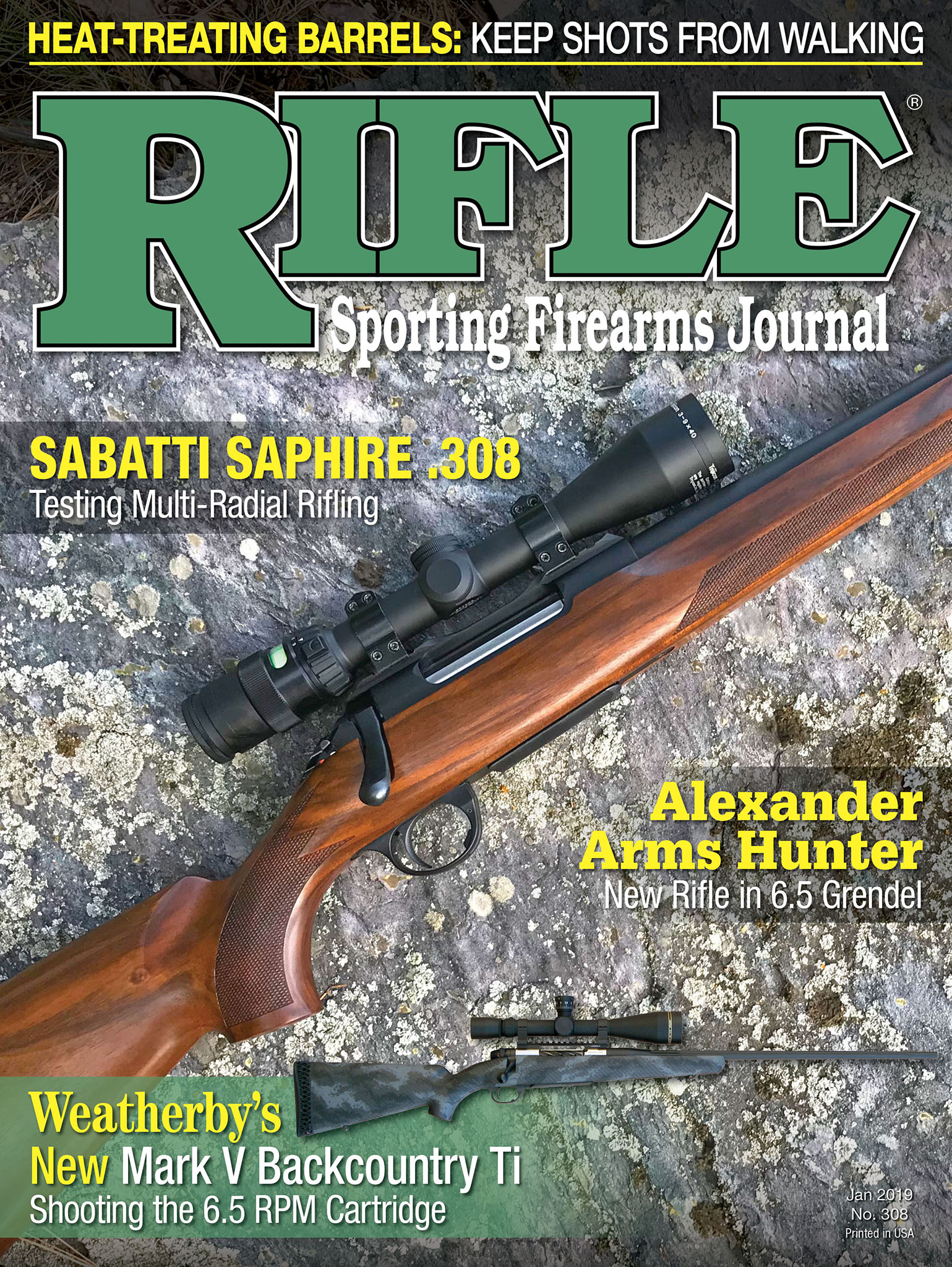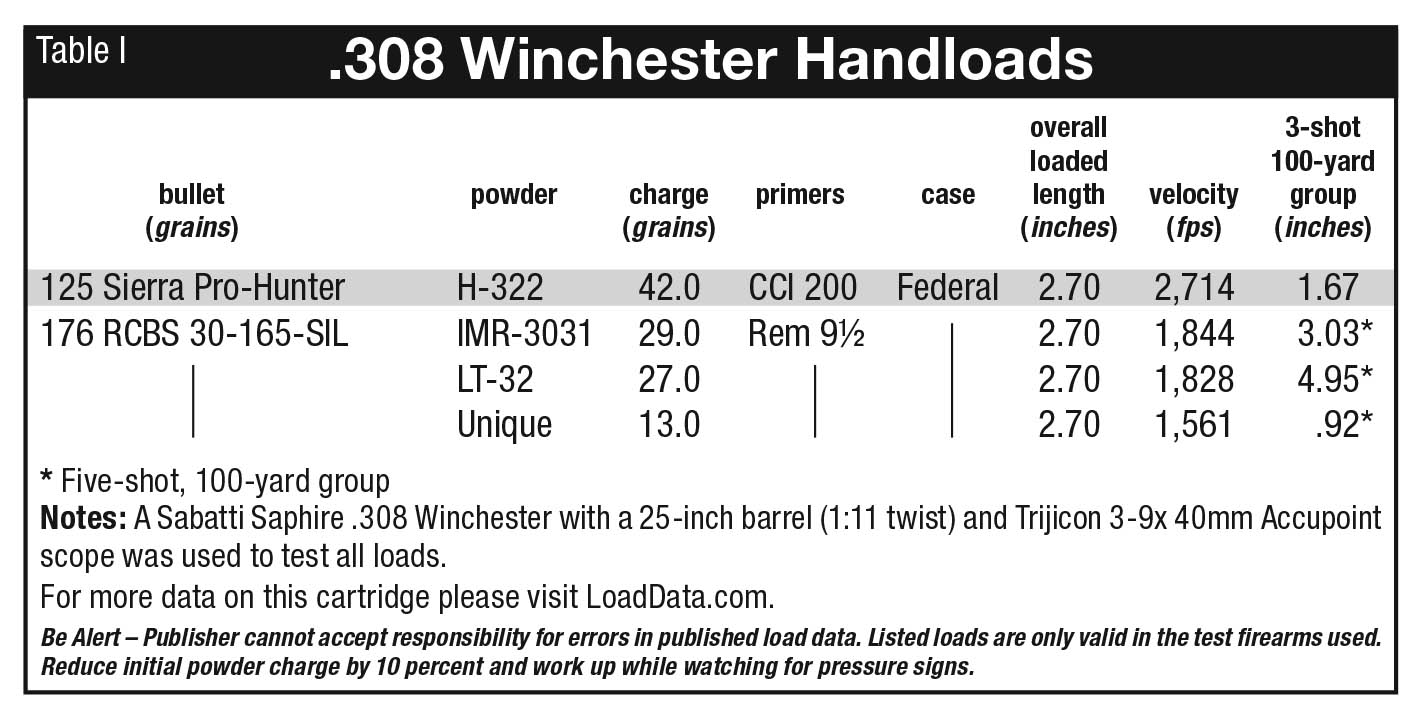Sabatti Saphire .308
Testing Multi-Radial Rifling
feature By: John Haviland | March, 20
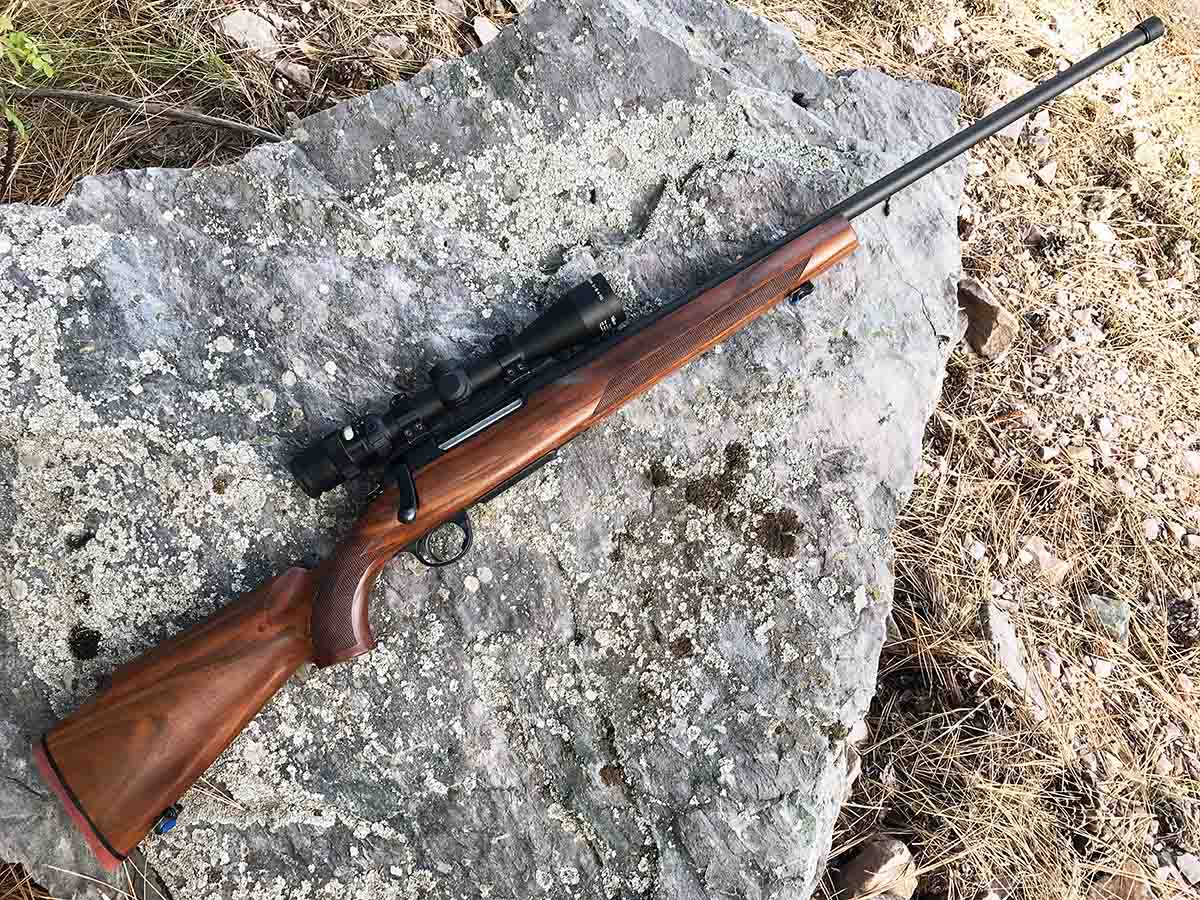
The Saphire is Sabatti’s newest bolt action. “Saphire” is an acronym for Sabatti All Purpose Hunting Italian Rifle. The rifle’s walnut stock is a tribute to tradition, while the rifle’s progressive features include an aluminum receiver with an integral Picatinny base, switch-barrel capability and Multi-Radial rifling.
I’ve been shooting a Saphire chambered in .308 Winchester for a month. The rifle produced good accuracy with several .308 factory loads and handloads shot from a bench. The rifle’s trigger and full-size stock also proved useful shooting from field positions.
The Saphire’s receiver, or “frame,” as Sabatti refers to it, is machined from aluminum instead of more typical steel. Little stress is placed on the receiver, though, because lockup of the rifle’s three-lug bolt is in seats in a steel extension threaded to the breach of the barrel. The bolt head is a separate piece and is locked to the bolt body with a thick cross pin. That gives the head some play, or “float,” for the lugs to align precisely in their seats.
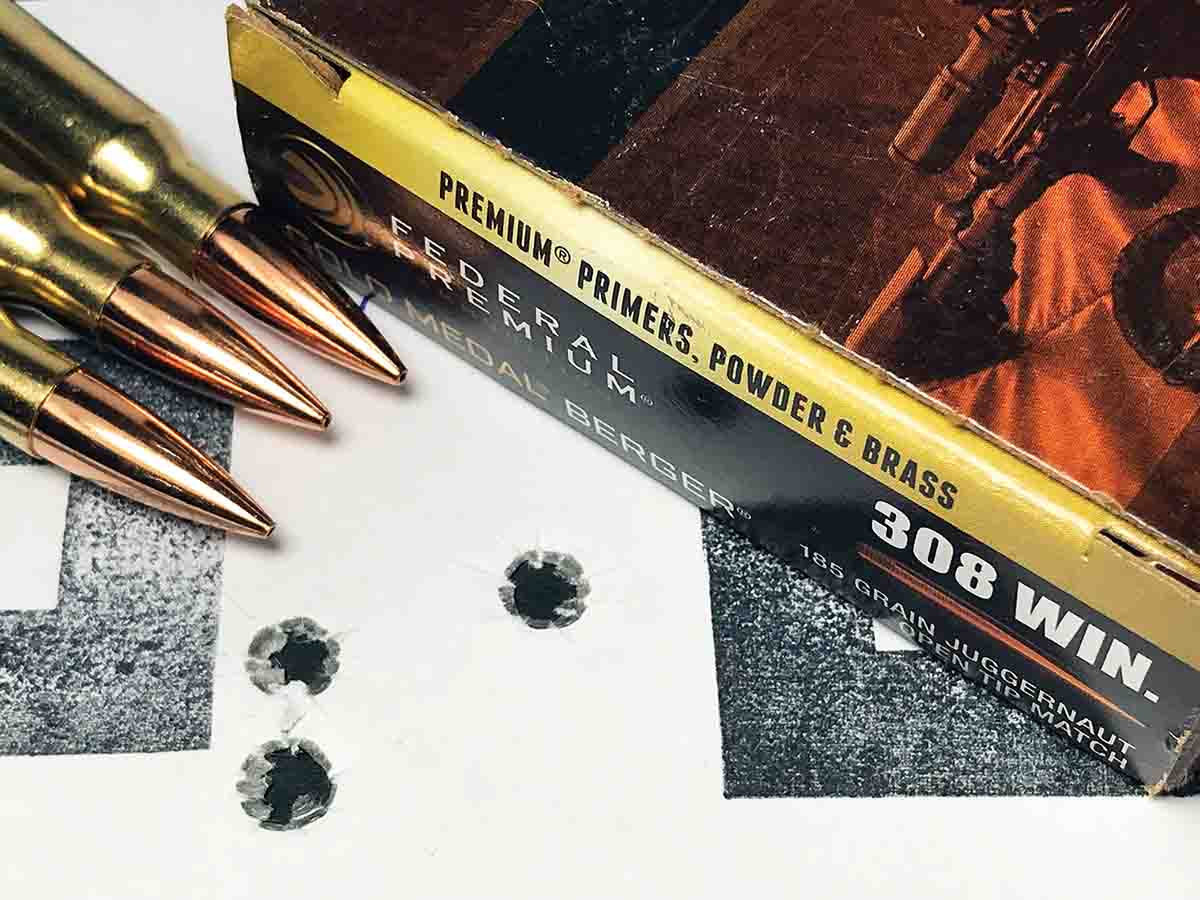
A recoil lug projects downward from the front of the receiver. A nut extends below the lug to attach the front action screw. The Saphire is designed to easily switch out barrels to change from one cartridge to another, as the recoil lug also acts as a clamp to attach the barrel to the receiver. Loosening three screws in the lug relaxes the tension of the receiver ring on the barrel, and the barrel slides out. An index slot on the barrel matches up with a “finger” inside the receiver ring to confirm a barrel is positioned correctly.
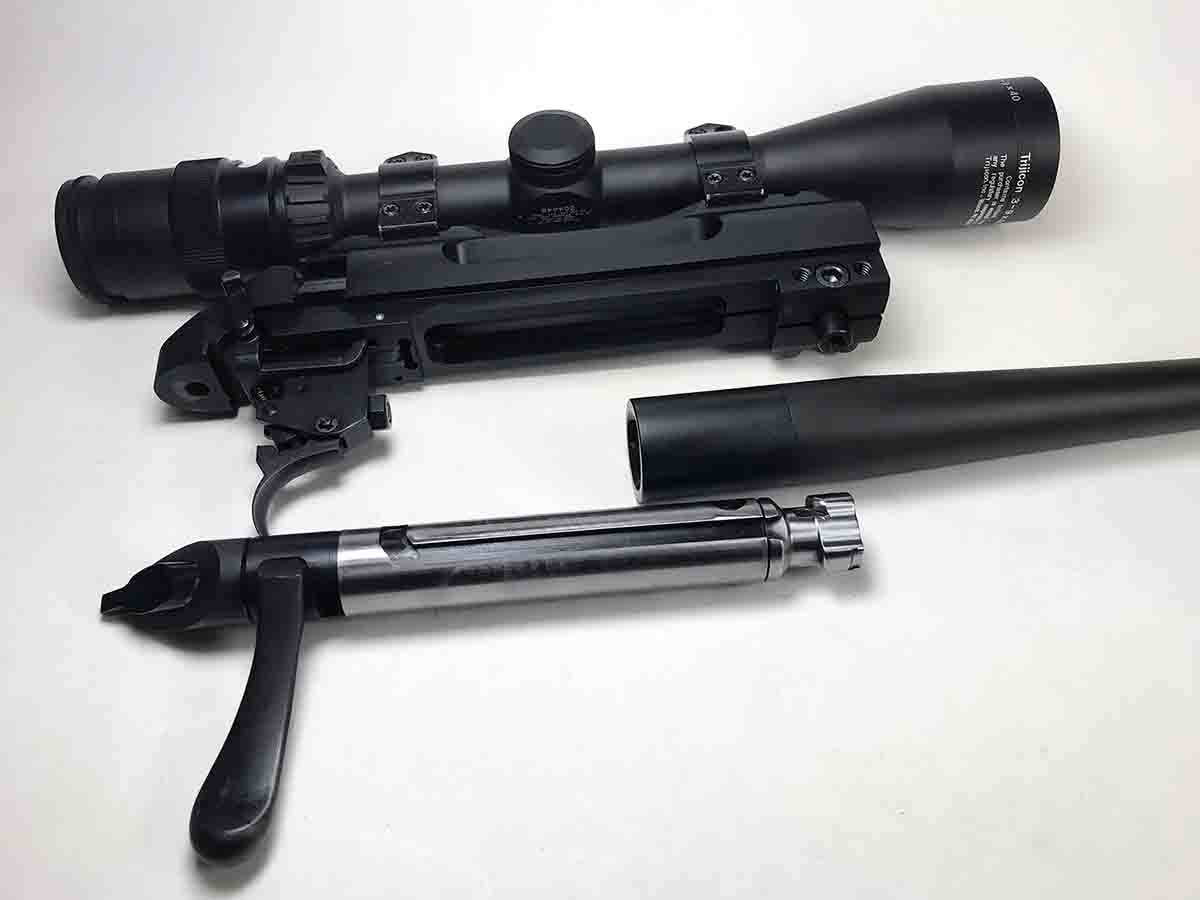
The receiver is basically a cylinder with a full-diameter bolt running through its center. The bolt has little play during cycling because it is aligned by a close fit on the bottom of the tang, inside the receiver bridge and along the left wall. The bolt is kept from turning and binding by the bolt stop pin extending into a long channel on the left side of the raised bolt and a tab inside the top of the bridge that runs in a second cut on top of the bolt body.
Pushing a button on the inside of the trigger bow detaches a steel magazine that holds three .308 Winchester cartridges in a straight stack. The top cartridge does not compress enough to clear the closed bolt, so the bolt must be open to insert a full magazine. That prevents chambering a cartridge, removing the magazine to top it off and reinserting it.
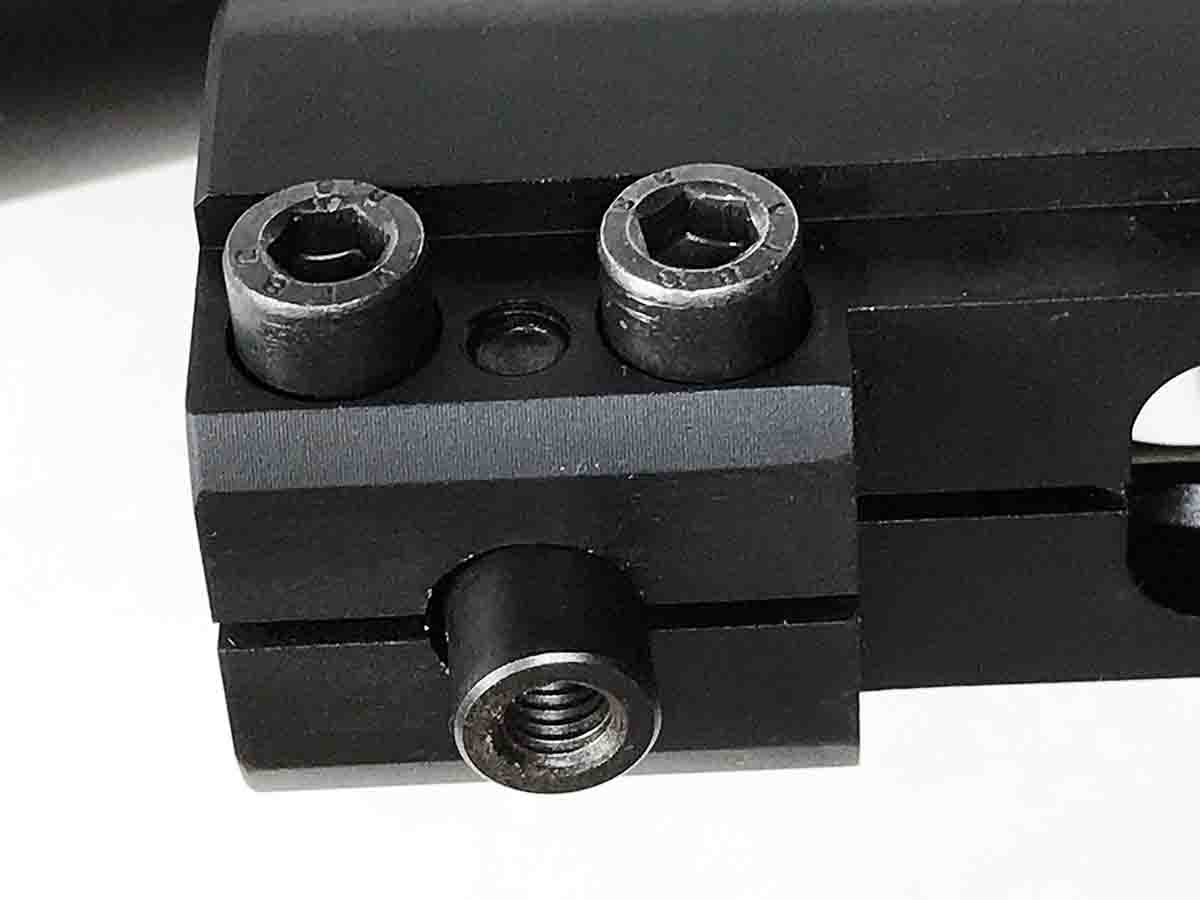
The bottom-positioned lug pushes a cartridge out of the magazine as the bolt glides forward. A sliding blade extractor is recessed in the face of one lug, and a plunger ejector on the opposite side of the bolt face throws cases and cartridges straight out of the ejection port. With its three locking lugs, the bolt has a shallow 60-degree lift. The bolt easily unlocks after firing a cartridge with an upward push of a finger on the butter-knife bolt handle.
The trigger is adjustable. However, the Saphire’s owner’s manual stated, “The setting can be modified only by the gunmaker or by an authorized dealer.” Trigger pull varied a couple ounces to either side of 2.5 pounds with no creep or overtravel, and I left it alone. A set trigger is an option.
The bolt shroud extends slightly past the tang when the firing pin is cocked, and it allows the user to see and feel when the bolt is cocked. The two-position safety at the right rear of the receiver is engaged in the rearward position and locks the bolt shut.
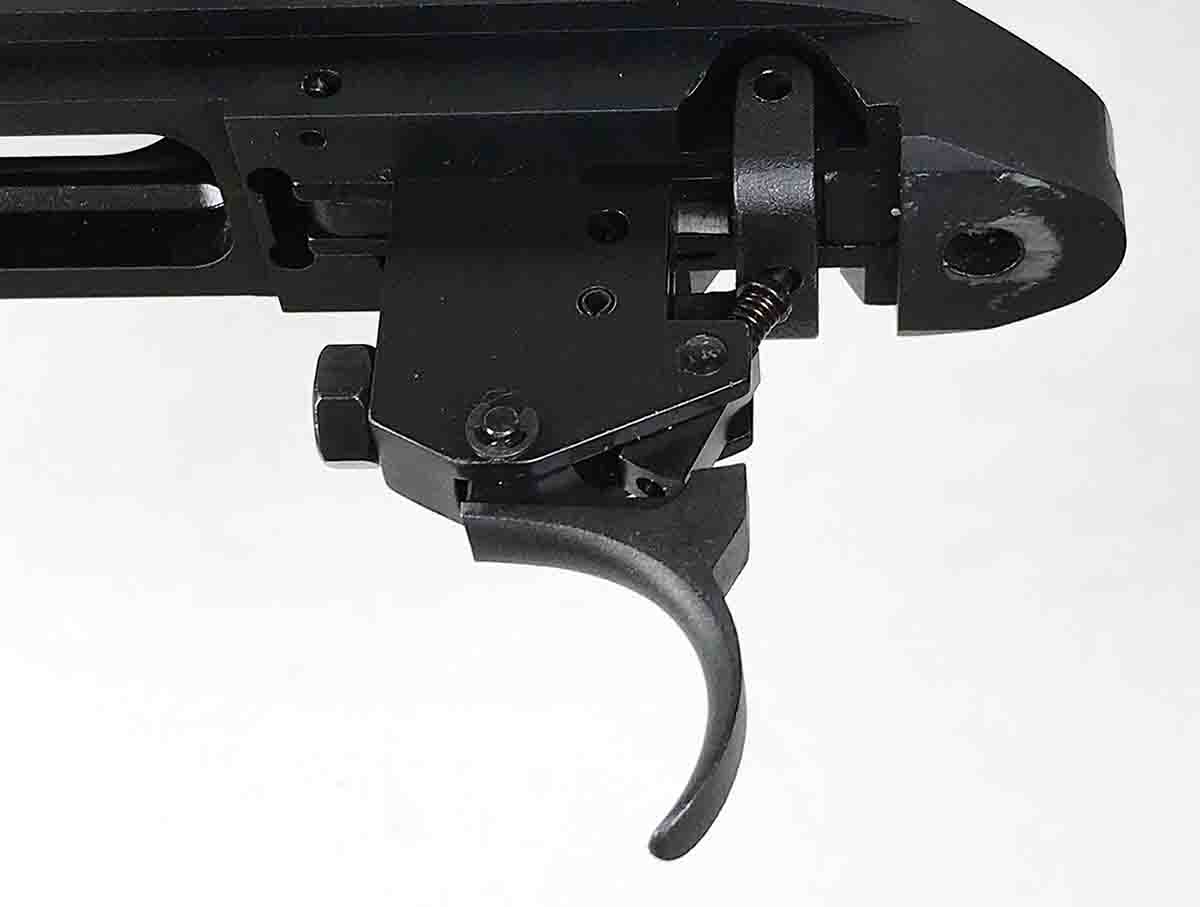
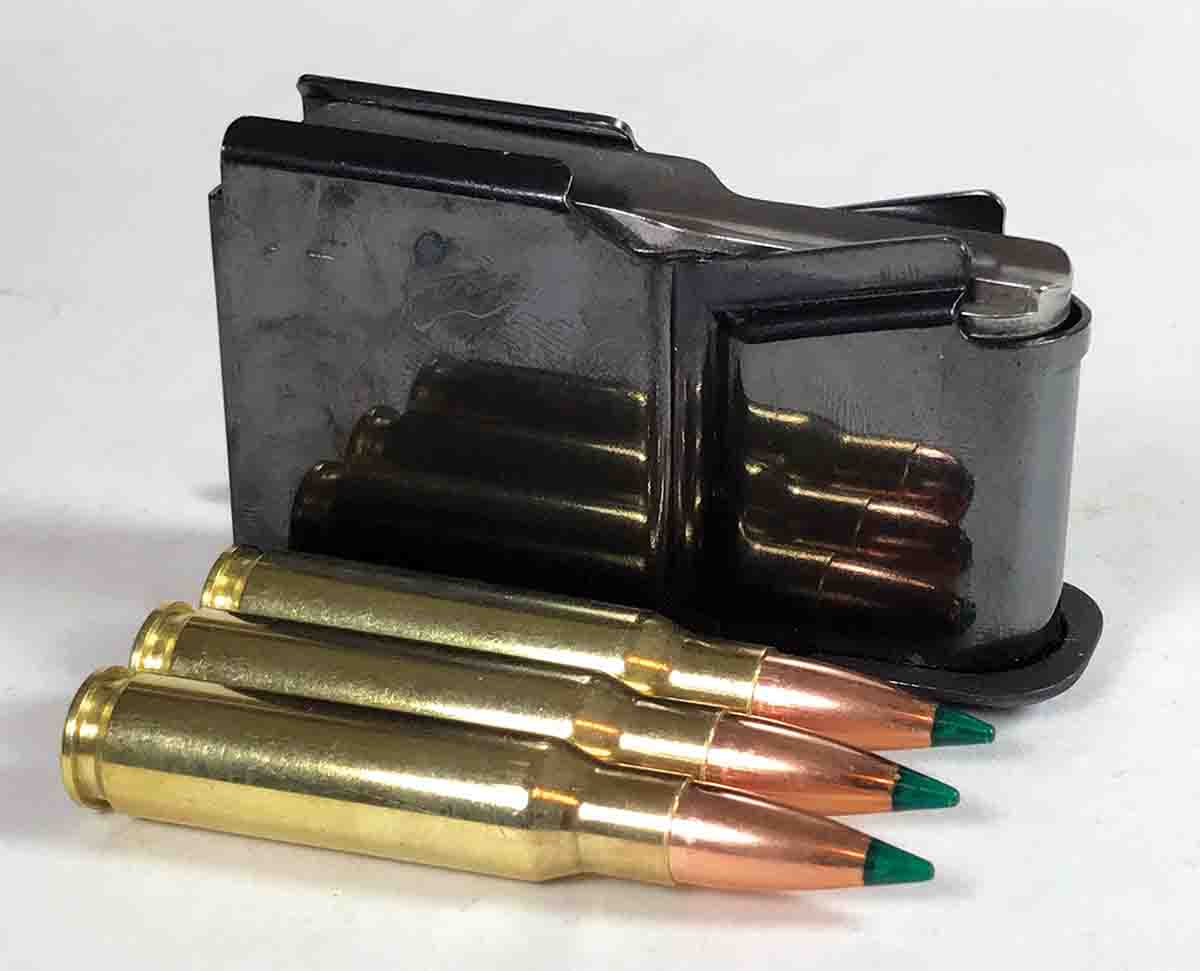
The stock is full-size with a 10.75-inch long forearm and full cheekpiece. Ledges on the forearm and below slender panels of point-pattern checkering provide a grip for the fingers and thumb. The bottom of the barrel channel is deeply cut to free-float the barrel. The grip is full with a palm swell on the right side and a deep flute on the comb nose to cradle the base of the thumb. The cheekpiece blends into the comb with a pleasant circular line.
The stock’s walnut is tight-grained. The rifle slid off a rock with a harsh grating noise while I was photographing it. Some of the finish was scraped off and a couple of shallow furrows looked terrible. Fine-grit sandpaper and a few drops of Varathane finish restored the stock to nearly new. A synthetic-stocked Saphire is also available.
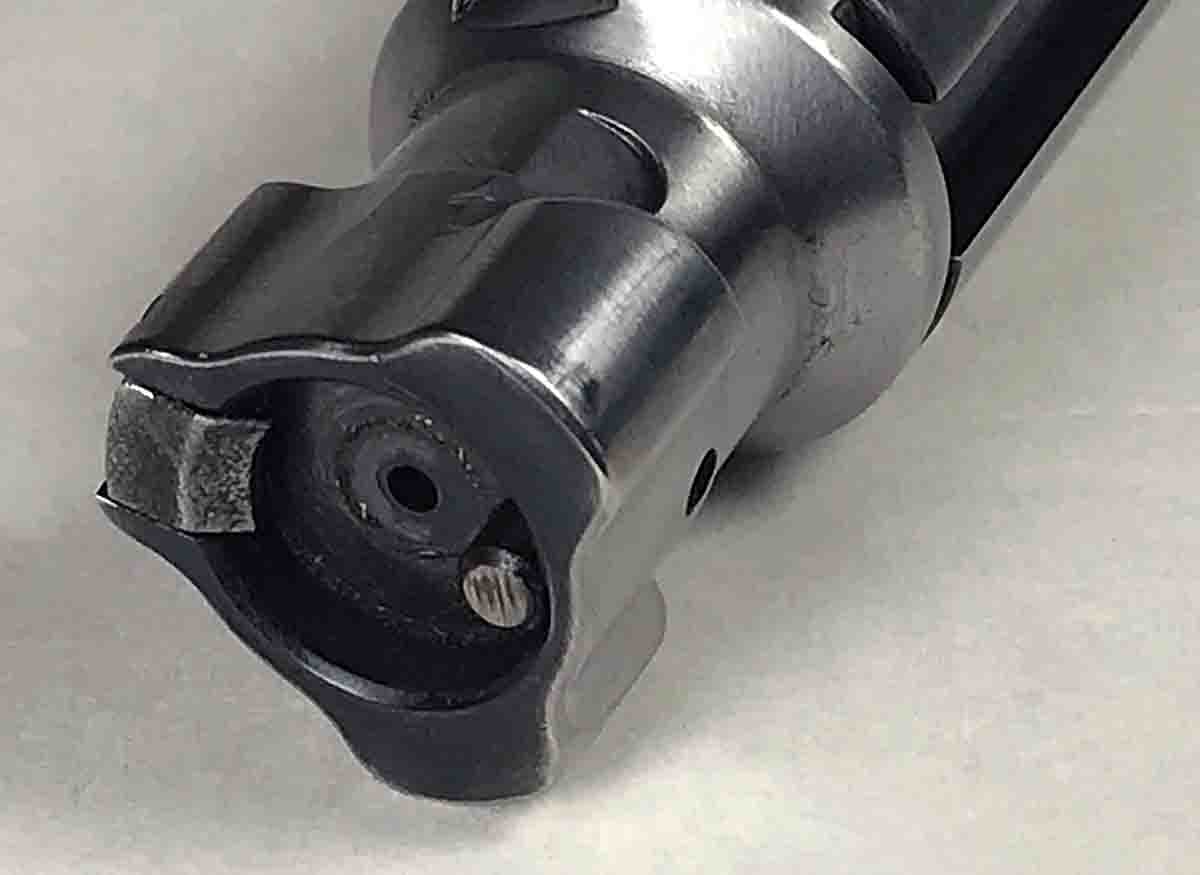
Sabatti stated that bullets seal the bore of Multi-Radial rifling better than traditional rifling to prevent gas from escaping around bullets and also reduce friction between bullets and barrel, resulting in up to 12 percent higher velocities. The Saphire shot five .308 Winchester factory loads about 100 fps to 60 fps slower than velocities advertised on the factory boxes. Perhaps Multi-Radial rifling helped produce velocities close to those listed velocities. No doubt the Saphire’s 25-inch barrel helped more, as .308s with 22-inch barrels often come up 200 fps short of stated velocities.
Sabatti suggests performing an elaborate cleaning and break-in process for its barrels, which includes multiple passes through the bore with solvent-soaked and dry patches, nylon brushes and mops saturated with abrasive paste. The complete procedure is repeated after firing one shot for the first 10 shots and after five shots for 15 shots.
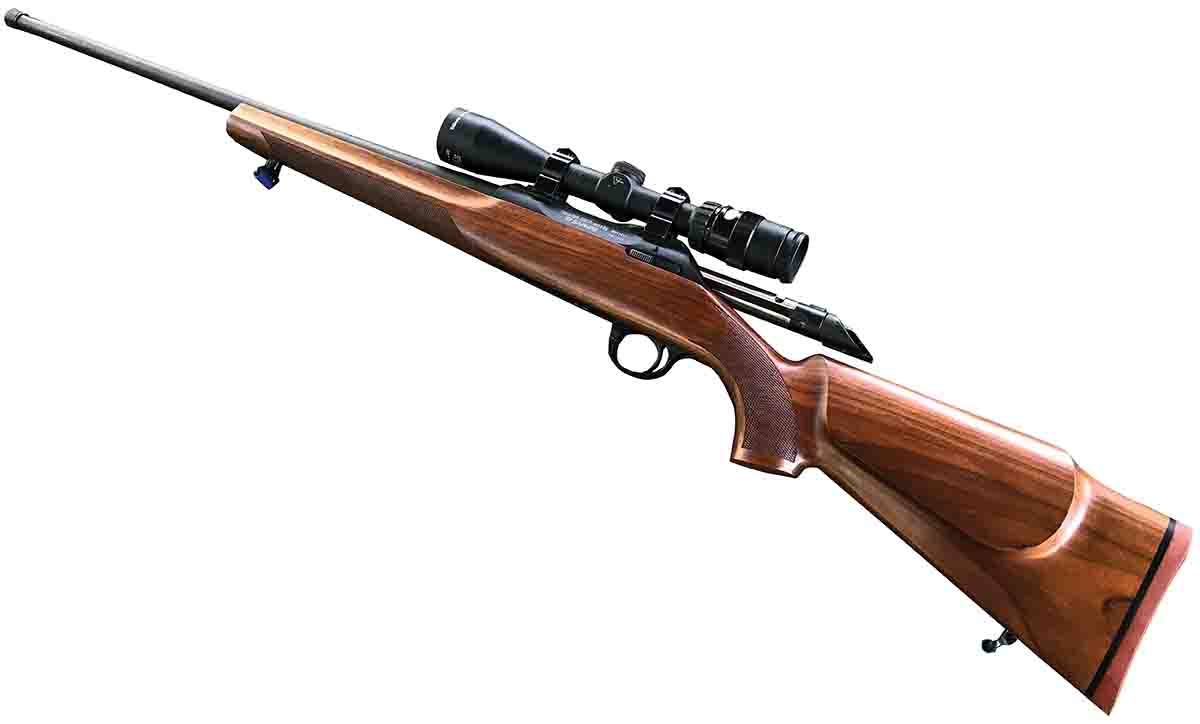
A look with a Lyman borescope into the Saphire’s new bore showed typical crosswise striations the length of the bore. After firing 35 shots through the rifle, another look showed the bore was coated with copper-fouling from end to end. None of the fouling, though, was collected in the furrows. That fouling might have been a problem years ago when Hoppe’s No. 9 was the only commonplace solvent. Montana X-Treme bore solvent left in the bore for two hours and followed by 20 passes with a bronze brush broke down the fouling. Wiping the bore with several more soaked patches cleaned the bore.
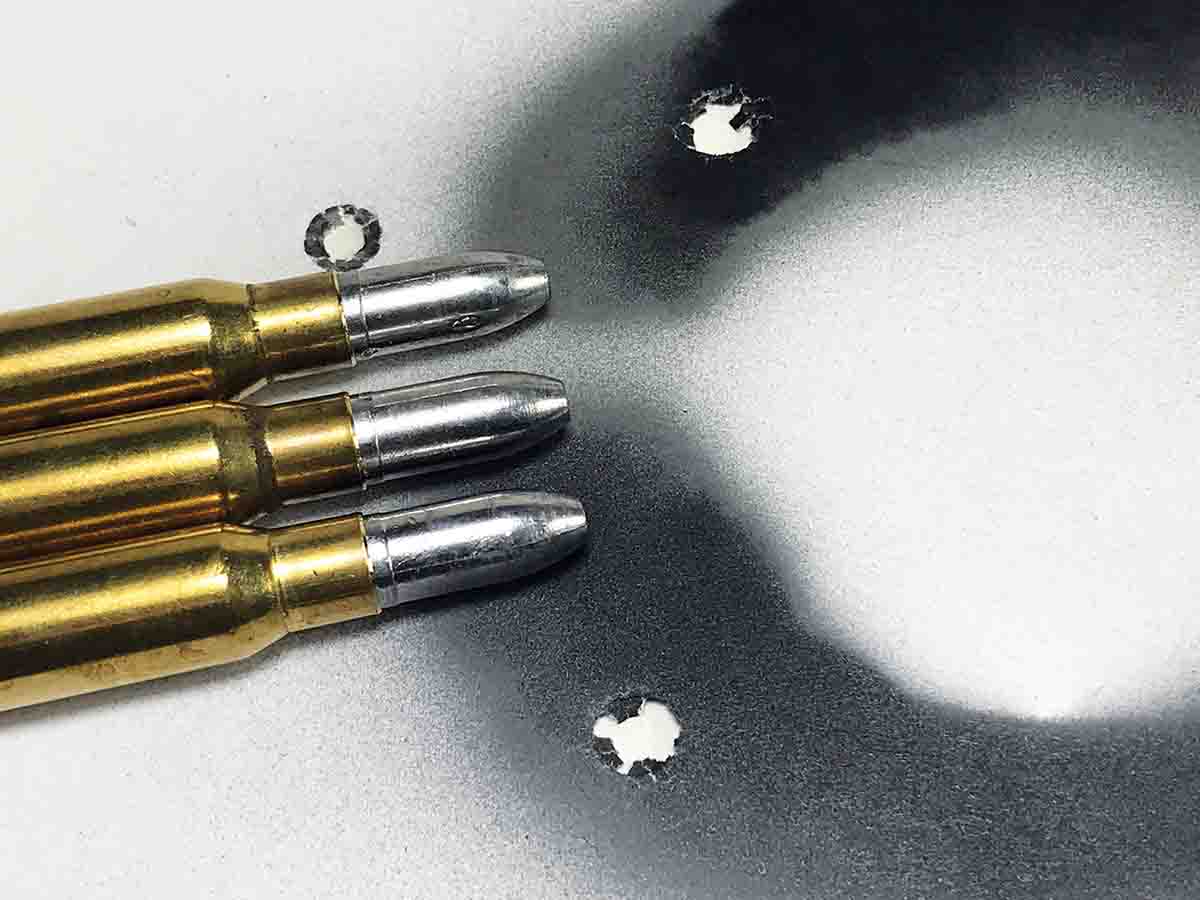
A favorite practice load consists of Sierra 125-grain Pro-Hunter bullets and H-322 powder. Recoil was mild from the heavy rifle, and two groups measured 1.67 inches.
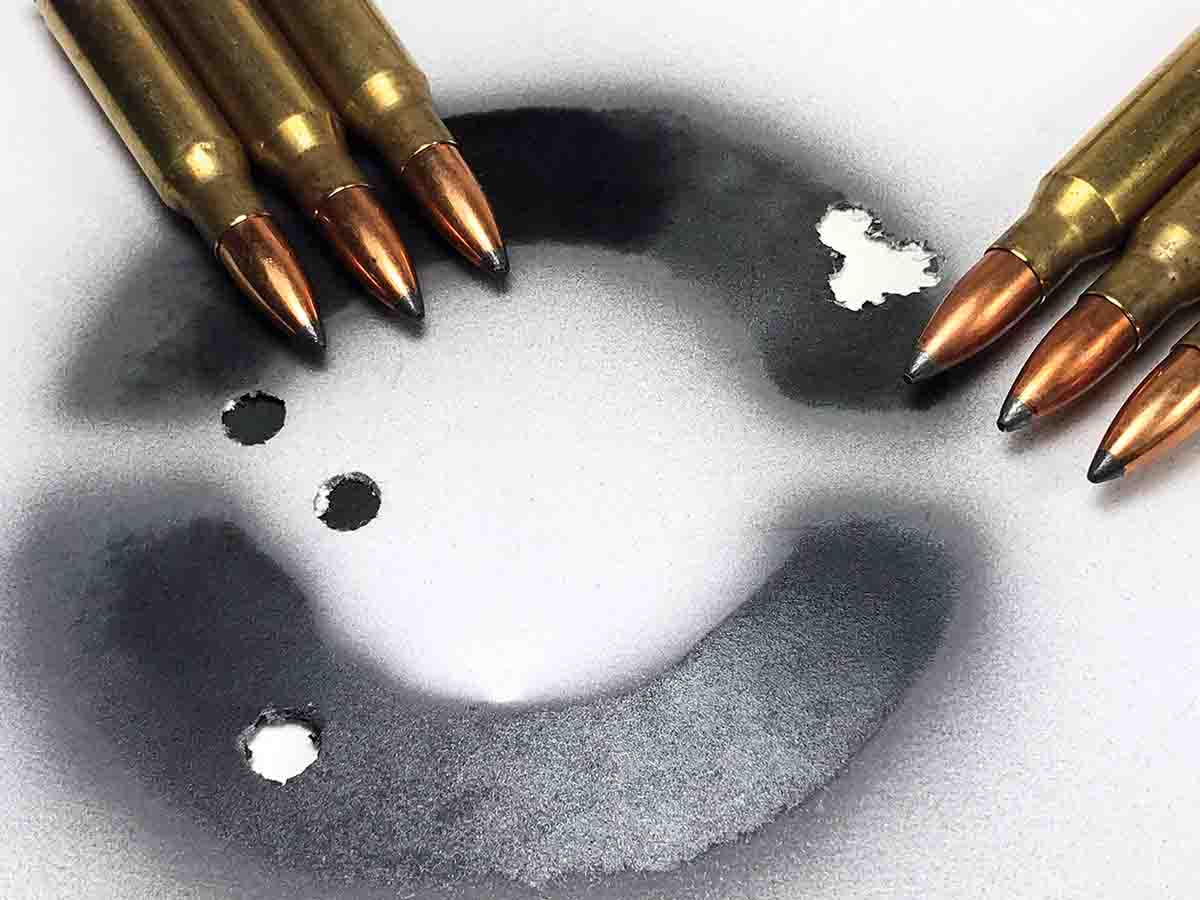
Metford and Multi-Radial rifling are similar, and Metford rifling was designed for black-powder rifles shooting cast lead bullets, so I “had” to shoot cast bullets through the Saphire. Velocities of three loads with RCBS 30-165-SIL cast bullets shot through the Saphire were very close to the speed attained from the same loads fired from a Colt Model 2012 .308 Winchester rifle with a 22-inch barrel. Previously, the Colt and a Mossberg MVP .308 Winchester had grouped the RCBS bullets, loaded with LT-32 and IMR-3031, only a touch larger than an inch at 100 yards with extreme velocity spreads of 30 fps. The Saphire did not like those loads. For five shots, extreme velocity spreads ranged from 87 fps for LT-32 to 110 fps with IMR-3031.
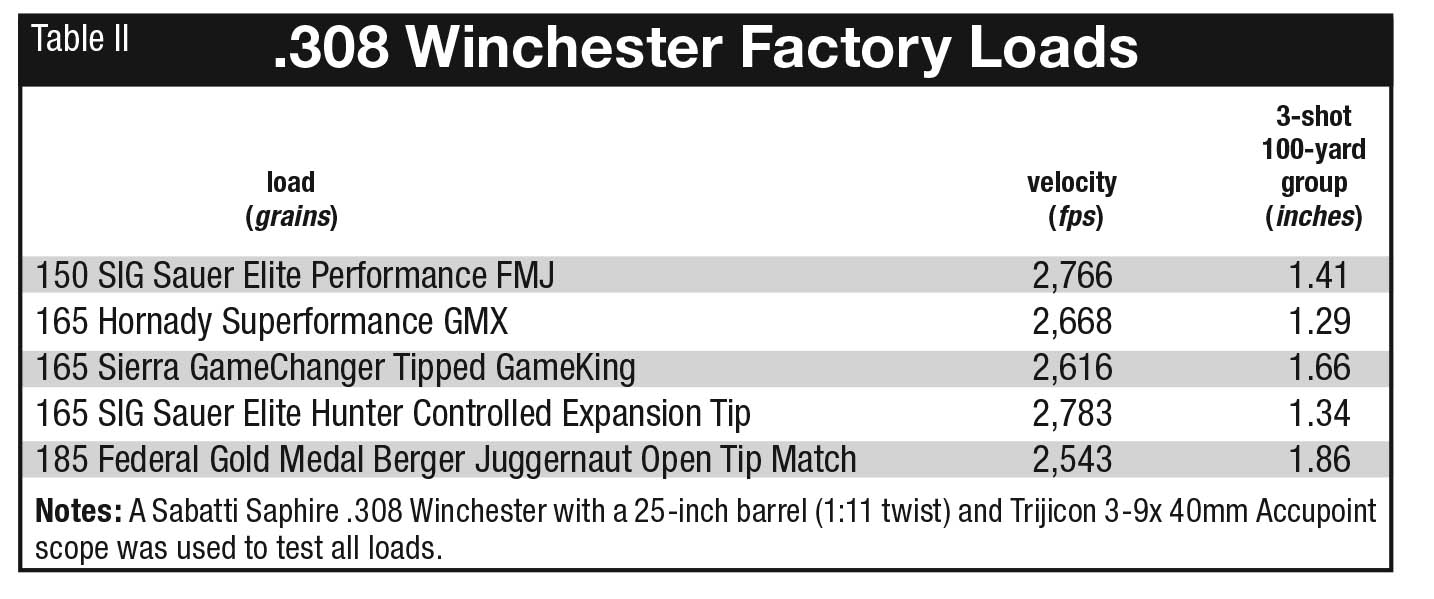
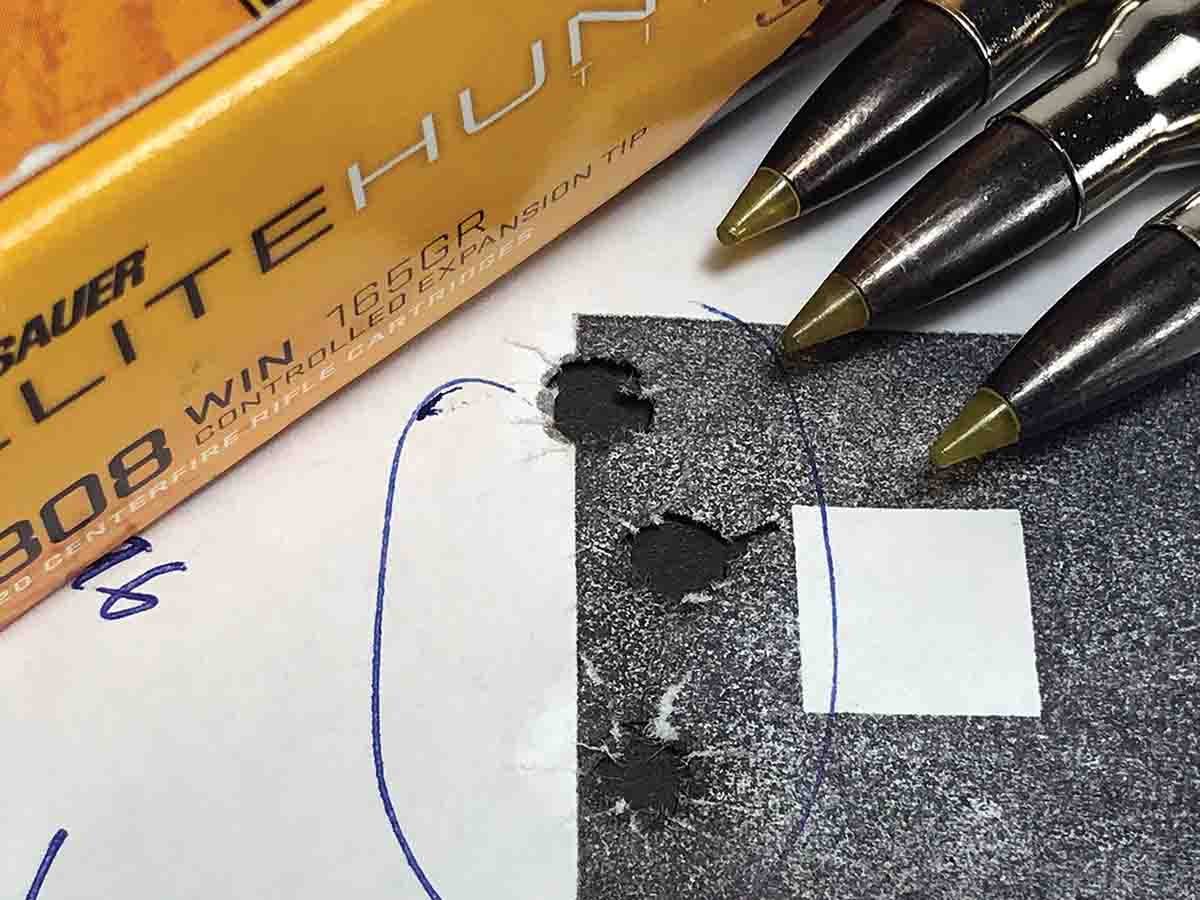
I also shot the rifle from prone, sitting and standing positions. The rifle was steady rested over my hunting pack. The comb was not quite tall enough to support my head, but the large cheekpiece helped. Three bullets from the Sierra 125-grain Pro-Hunter/H-322 load cut a cloverleaf hole at 100 yards. A second group measured a more realistic 1.51 inches. The rifle floated some in my hands while sitting with the flats of my forearms against my upraised thighs. Pulling the full grip pushed the butt into my shoulder and the cheekpiece cradled my head. The wide forearm filled my forward hand to dampen quivers and three bullets landed in 2.90 inches. Switching to the cast bullet/Unique load required raising elevation 8 inches in the Trijicon scope for the bullets to hit on aim at 100 yards. Standing, the crosshairs drifted back and forth across the target. Concentration slowed movement and as the crosshairs floated past the target a light pull on the trigger sent a bullet on its way. One three-shot group measured 3.95 inches and a second 2.96 inches.
The Saphire’s aluminum receiver, simple switch-barrel potential and Multi-Radial rifling are certainly innovative. Merge those characteristics with a walnut stock that adds style to the rifle’s accuracy, and the Saphire can be summed up as a gem.


